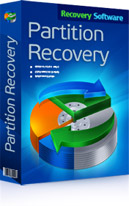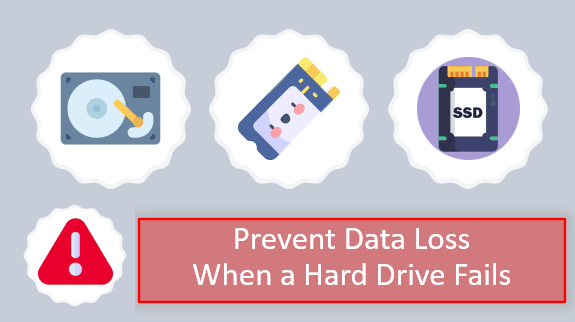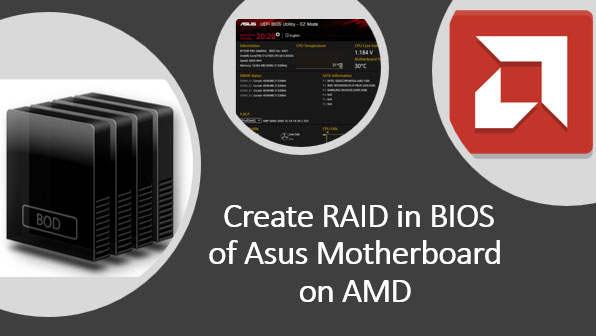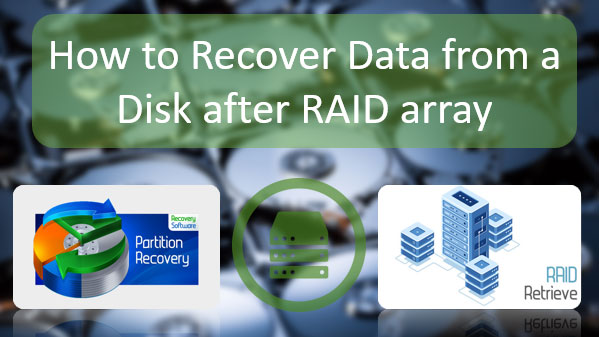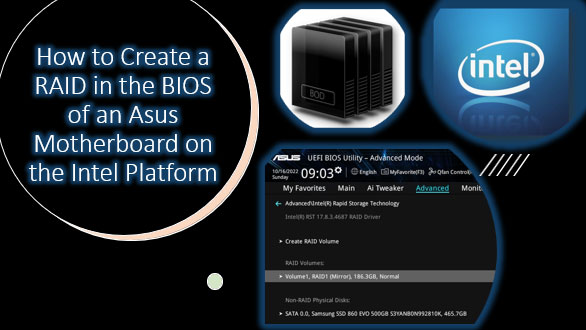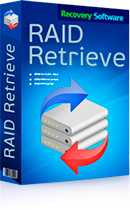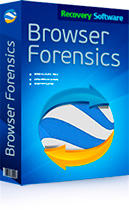Browser does not open websites: proxy server connection error
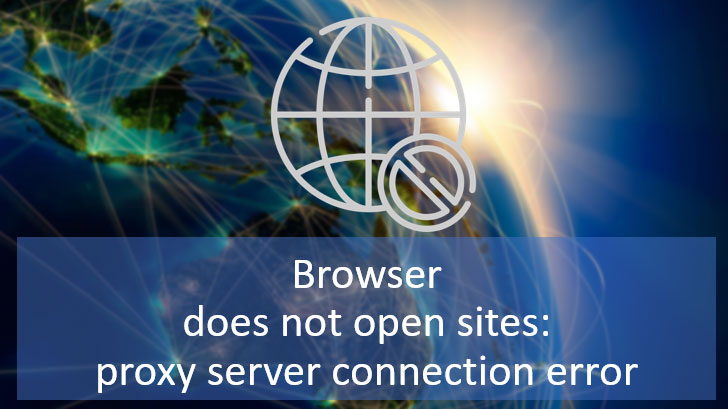
What to do if your browser won't open websites, citing a proxy server connection error? Meanwhile, the Internet is available, and other programs using it can operate without any issues. Let's explore how to resolve this problem in the Windows operating system and various browsers.

